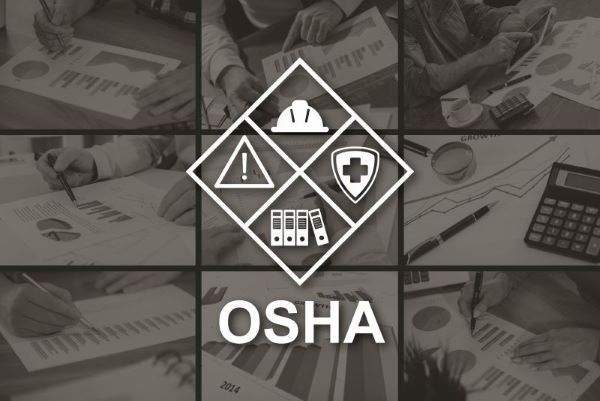Blog
Construction Industry Injuries on the Rise

Nearly everyone has tripped or slipped and fallen. If you’re lucky, the worst you suffer is a few bumps and a bruised ego. Unfortunately, falls are the second leading cause of unintentional death worldwide, responsible for over 680,000 fatalities annually, plus over 37 million injuries serious enough to require medical attention.
Of course, certain jobs entail greater potential hazards than others, including those in the construction industry. Whether you’re using heavy machinery, digging trenches, navigating an open framework of steel girders, or unloading materials at job sites, you could be more susceptible to accidents that result in injuries or even death.
While the Occupational Safety and Health Administration (OSHA) has industry-specific Safety and Health Regulations covering a comprehensive range of topics, recent years have seen an uptick in injury accidents across the construction industry. How are accidents impacting the industry, and why has there been an increase?
Common Hazards in Construction
In the construction industry, workers are at increased risk for several different types of accidents. The most common have been identified by OSHA as the Focus Four Hazards, and the list includes:
- Falls
- Struck-by
- Caught-in or -between
- Electrocution
Some in the industry refer to these as the “fatal four,” but with effective training and safety precautions, many potentially harmful incidents can be avoided. At the very least, the damage can be minimized.
OSHA Regulations
OSHA aims to ensure safe and healthful working conditions for America’s workforce, and they do it, in part, by creating standards and regulations. The expansive Safety and Health Regulations for Construction include diverse categories such as:
- General Safety and Health
- Personal Protective Equipment
- Fire Protection and Prevention
- Signs and Signals
- Materials Handling
- Tools
- Electrical
- Scaffolds
- Excavation
- Demolition
There are many more categories. Some cover specific types of construction like concrete and masonry, steel, or caissons. Others cover activities like underground construction or diving.
Some sections deal with equipment like ladders, cranes, derricks, or vehicles, while others cover hazardous materials like toxic substances or explosives. It’s a lot of information, but when workers and supervisors understand and follow set standards, they reduce the risks of fatal accidents.
An Uptick in Accidents
According to the recent “Fatal Injury Trends in the Construction Industry” report from the Center for Construction Research and Training (CPWR), the number of fatal injuries in construction increased by nearly 40% between 2011 and 2022, with an alarming 7.6% jump from 2021 to 2022 alone. The greatest number of injuries occurred among roofers, construction trade helpers, and structural iron and steel workers.
It’s unclear why incidents have increased so much over the last decade, but there’s room for improvement through safety training, recognizing hazards, implementing preventive measures, and sharing best practices.
Safety and Productivity
If you’re interested in a career in the construction industry, the place to start is by obtaining the proper professional license for your state. The right program will prepare you to take the first steps with an understanding of the value of safety knowledge and training.
Are you ready to earn your construction license? RocketCert has the state-approved program you’re looking for. Contact us today to learn more.
